Manufacturing custom motorcycle stainless steel brake cables involves a series of carefully planned and executed steps. These cables are essential components in a motorcycle's braking system, providing the necessary mechanical force to engage the brakes effectively. The production of these brake cables requires attention to detail, quality control, and precision to ensure the cables deliver performance and safety.
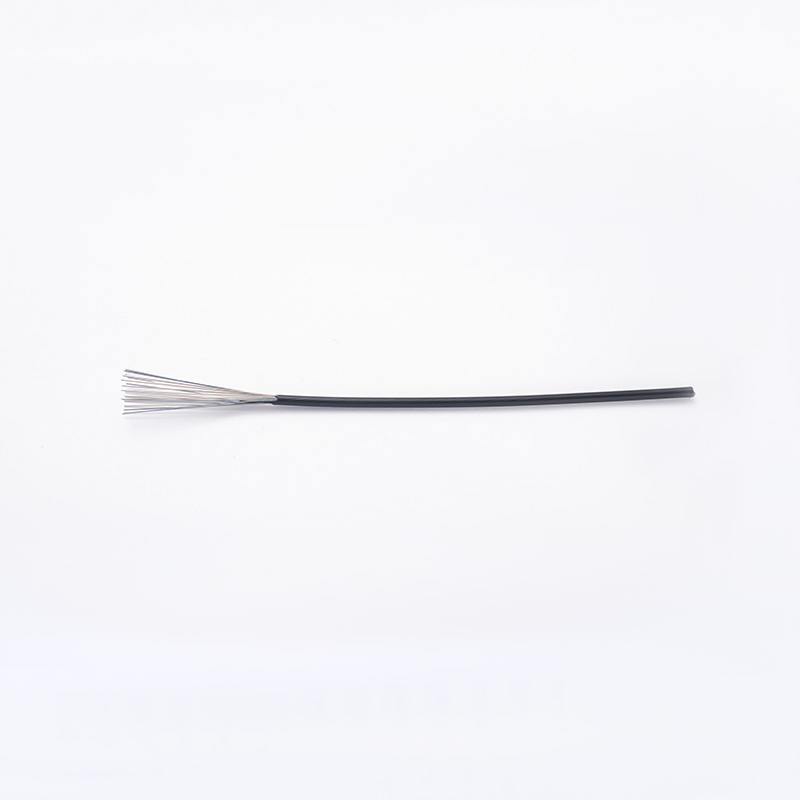
1. Material Selection and Preparation
The step in the production of a custom motorcycle stainless steel brake cable is selecting the appropriate materials. Stainless steel is the preferred material for the cable due to its durability, resistance to corrosion, and strength. The stainless steel wire used for the brake cable must meet specific standards to ensure it performs well under high-stress conditions. Typically, 304 or 316 stainless steel is used because of its resistance to rust, oxidation, and general wear.
Once the material is chosen, the steel wire is cut to the required lengths based on the specifications for the brake cable. The wire is then cleaned to remove any contaminants, ensuring that the final product is free from debris that could compromise its strength or flexibility.
2. Wire Stranding and Coating
The second step involves the stranding of the wire, where individual strands of stainless steel are twisted together to form a cable. This stranding process is crucial for ensuring the cable has the necessary strength and flexibility. Typically, six to seven strands are used to create a strong and flexible wire that can withstand the forces involved in braking. The stranding process also helps the wire maintain its form and structure, ensuring it can handle tension without snapping or fraying.
After stranding, the cable may be coated to provide an additional layer of protection. The coating can be made from materials such as PVC or nylon, which not only provide resistance against abrasion and environmental factors but also contribute to the cable's smooth operation. The coating also ensures that the cable will glide effortlessly through the motorcycle's outer casing, reducing wear and tear on both the cable and the housing.
3. Cable Termination and End Fitting
The third step is cable termination, which involves adding the necessary end fittings to the cable. These fittings are essential for connecting the brake cable to the motorcycle's brake system and handlebar or lever. Common end fittings include barrel ends, nipples, and ferrules, which are designed to securely anchor the cable to the brake components.
Each termination must be accurately measured and fitted to match the specific motorcycle model for which the brake cable is intended. The terminations are typically crimped or swaged onto the ends of the cable, ensuring they stay firmly in place even under intense pressure during braking. This process also involves ensuring the proper alignment of the cable with the motorcycle's brake components, as misalignment can reduced braking efficiency or cable wear.
In some cases, additional features such as adjustment screws or threaded ends are added to allow for fine-tuning of the brake system once installed on the motorcycle. The end fittings are carefully inspected to ensure they meet the required strength and safety standards.
4. Testing, Quality Control, and Final Assembly
Once the cable is complete, the final step is testing, quality control, and final assembly. During the testing phase, the custom motorcycle stainless steel brake cables undergo a series of rigorous performance checks to ensure they meet safety and durability standards. This includes testing for tensile strength, flexibility, and resistance to corrosion. The cables are subjected to high-stress conditions that simulate real-world braking situations to verify their performance under circumstances.
The quality control process also includes visual inspections to detect any defects in the coating, stranding, or terminations. Any irregularities or weaknesses are addressed before the cable is deemed suitable for use. The final assembly involves adding any finishing touches, such as lubricating the cable for smooth operation and packaging the product for shipment.
Once the cable passes all tests and inspections, it is ready to be shipped to the customer or installed in the motorcycle. If the brake cable is part of a larger production run, multiple cables may undergo this testing process to ensure batch consistency and product reliability.
 boo@zjmgmm.com / 958587858@qq.com
boo@zjmgmm.com / 958587858@qq.com English
English русский
русский Español
Español عربى
عربى
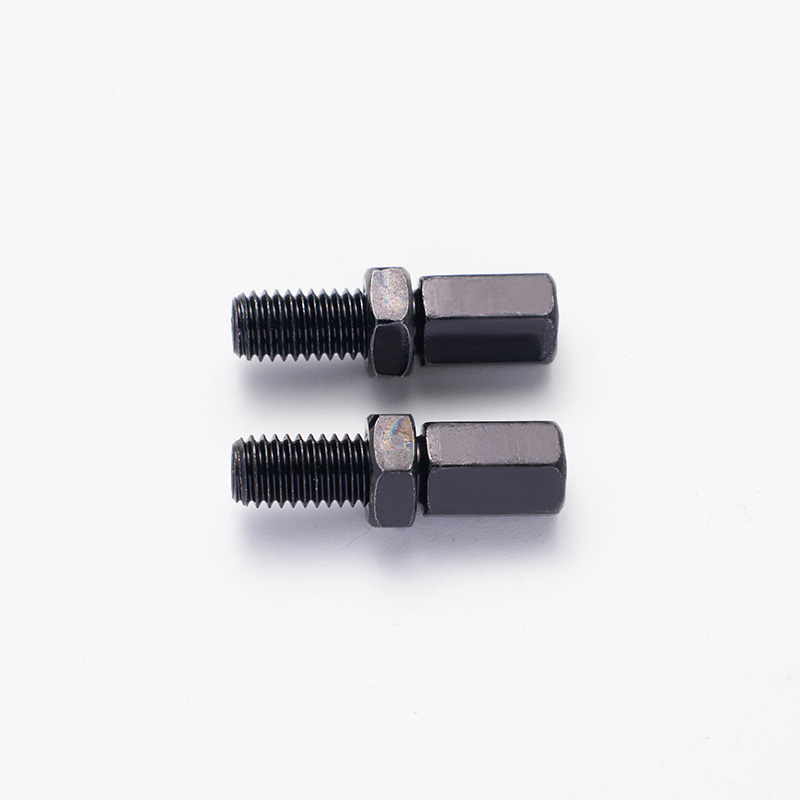
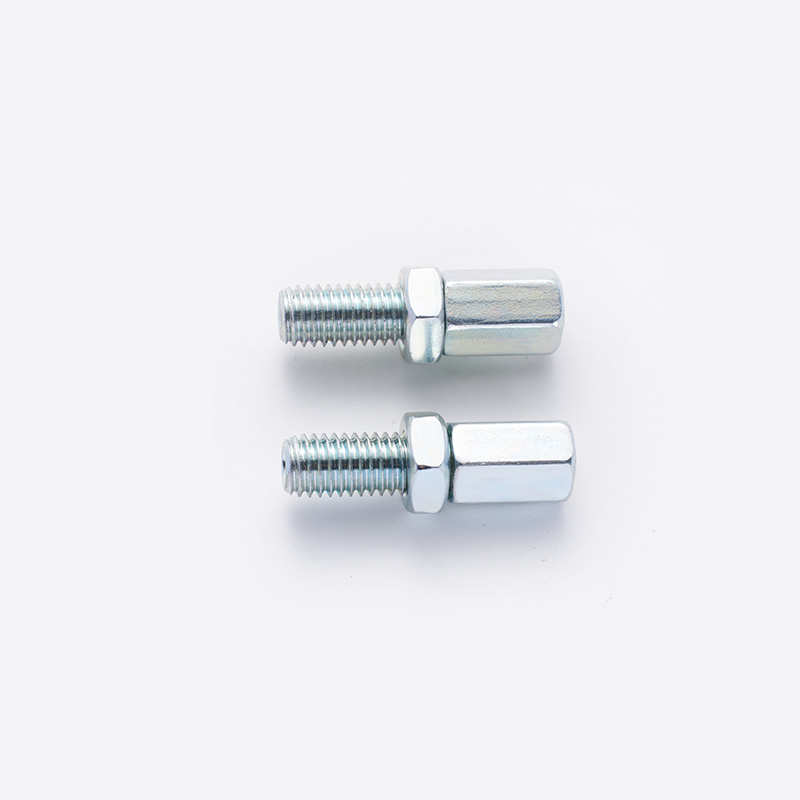

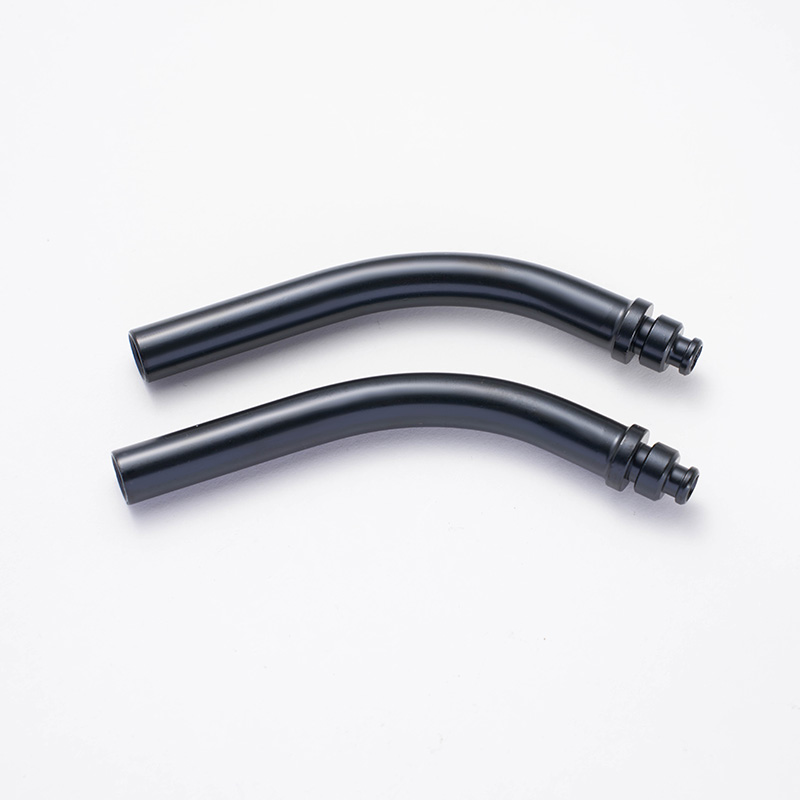

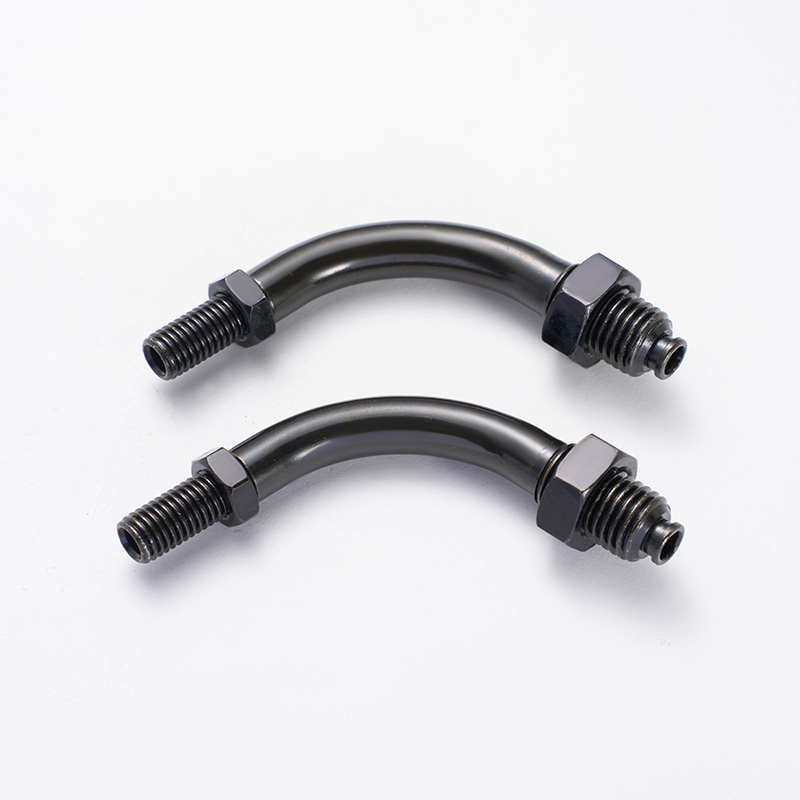

 English
English  Building 33, Demonstration Park, No. 318 Chenguang Road, Eastern New District, Wenling City, Taizhou City, Zhejiang Province, China
Building 33, Demonstration Park, No. 318 Chenguang Road, Eastern New District, Wenling City, Taizhou City, Zhejiang Province, China  0086-576-86337978
0086-576-86337978  0086-576-86333878
0086-576-86333878
 boo@zjmgmm.com
boo@zjmgmm.com 